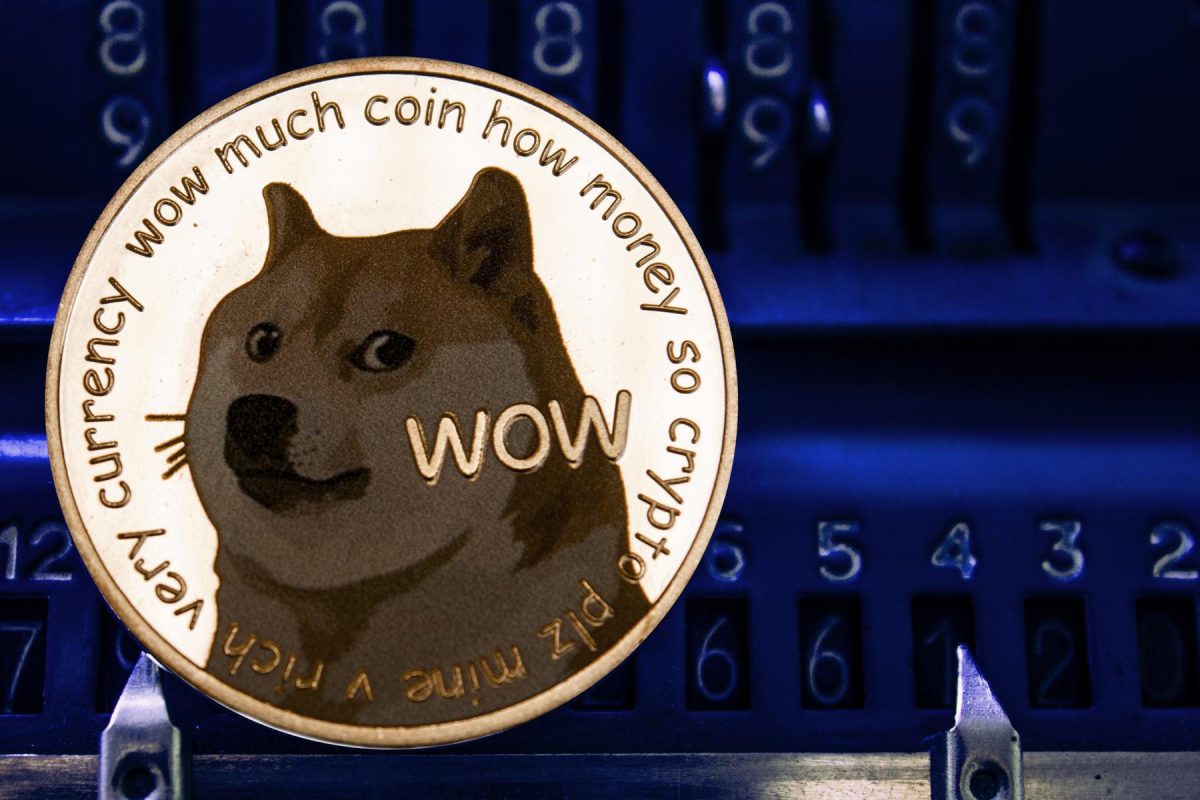What’s Dogcoin?
According to Dogecoin’s website it is …
a decentralized peer-to-peer digital currency that allows you to send money conveniently online. “Doge” is our fun, friendly mascot! The Shiba Inu is a Japanese dog breed that has become popular online as a meme and “represents” Dogecoin.
The Altcoin was originally developed as a joke and parody of the serious Bitcoin community. When Bitcoin first broke the US$1,000 barrier in December 2013, Billy Markus and Jackson Palmer teamed up to show the crypto world that they take themselves too seriously. Both thought that crypto currencies should also be about fun and not just about money. Therefore they decided to found Dogecoin, which was published on 06 December 2013.
Dogecoin (DOGE) is based on Litecoin and, unlike other crypto currencies, did not aim to develop a groundbreaking technology or coin with a very high value. Instead, it should simply be a “fun and friendly Internet currency” that can process transactions cheaply and quickly. Jackson Palmer has reduced the block time to one minute (Litecoin has 2.5 minutes).
With Dogecoin Supply rising very quickly to over 100 billion coins and Dogecoin now having no limit (maximum supply), the Internet currency has always remained affordable, so DOGE is actually used as currency within its vibrant community, instead of simply holding DOGE as an investment. The abolition of the maximum circulation, which made DOGE an inflationary currency, certainly contributed to this. The price for a single coin should therefore be kept constantly low or rise only very slowly.
The current price of DOGE can be checked in our price chart. If you would like to follow the courses of Bitcoin and Ethereum or 2,000 other Altcoins, take a look at our course overview.
An unexpected success
After Dogecoin was published in December 2013, it rose within the first two weeks already to place 15 of the largest crypto currencies by market capital. After two months, Dogecoin was already in the Top 5 with a total capitalisation of over 80 million US dollars at times. The success lasted more than two and a half years until Dogecoin was pushed out of the Top 10 in mid-2016 by numerous newer and more ambitious projects. Nevertheless, DOGE became a serious Internet currency, although it was launched as a joke.
The reason for this is certainly that since the release a lively and large community with many loyal fans has developed around Dogecoin. This also explains why Dogecoin is still in the top 25 by market capitalisation in 2018 (October). Even though the crypto world has become much more mature and adult, the fun coin still finds followers who remain loyal to DOGE.
A friendly and active community
In his early years, Dogecoin attracted particular attention with his charitable and sometimes witty fundraising activities. In 2014, the Dogecoin community raised USD 50,000 in DOGE for the Jamaican bobsleigh team to participate in the Winter Olympics.
For World Water Day, the Community raised $30,000 (DOGE 40 million) for the construction of a well in the Tana River Basin in Kenya. In March 2014, the Dogecoin community raised $55,000 (approximately 68 million DOGE) to sponsor NASCAR driver Josh Wise, whose car received a Dogecoin paint job.
The founder’s exit
In April 2015, Jackson Palmer, founder of Dogecoin, announced his intention to leave the Dogecoin project. The decision to leave Dogecoin came as little surprise after he had announced several times before that people would take his “joke project” too seriously. Palmer was against commercializing his currency of jest. So he himself never collected large quantities of Dogecoin and always refused to get into the hype.
In an interview in April 2015, he said that the crypto currency market
increasingly feels like a bunch of white liberal brothers squatting around hoping to get rich and coming up with half-cooked, slogan-filled business ideas that often fail in an attempt to do so.
Many years later, in January 2018, Palmer even said in another interview that Dogecoin is symbolic of the worrying developments in the crypto currency market. He said it’s crazy if a technology that hasn’t been updated in two years is worth hundreds of millions of dollars:
It says something about the state of crypto currencies when a currency with a dog whose software has not seen an update for over two years reaches a market value of one billion US Dollars.
Roadmap and further developments of Dogecoin
With this statement Palmer addresses a sore point of Dogecoin. Dogecoin has not released a single update since 2015. Work continues on Dogecoin. However, it is only part-time volunteers who further develop DOGE. Release 1.14, which has been announced since 2017, should be largely completed (as of October 2018), but there is no fixed release date yet. One of Dogecoin’s greatest strengths is therefore also one of its greatest weaknesses. Although there is a friendly and active community, there is no professional development.
Bottom line: Is Dogecoin (DOGE) worth investing?
Dogecoin is a crypto currency that actually deserves its name currency. In contrast to other crypto currencies, it is actively used by a large community for paying and is less regarded as an investment.
As a long-term investment, however, DOGE is less suitable as it is inflationary and very unlikely that DOGE will present exciting new features in the future that could boost the value of the coin.
But even with this, Dogecoin remains true to its motto of being a “fun and friendly” Internet currency.
Last updated: 07/07/2019
[ratings]

